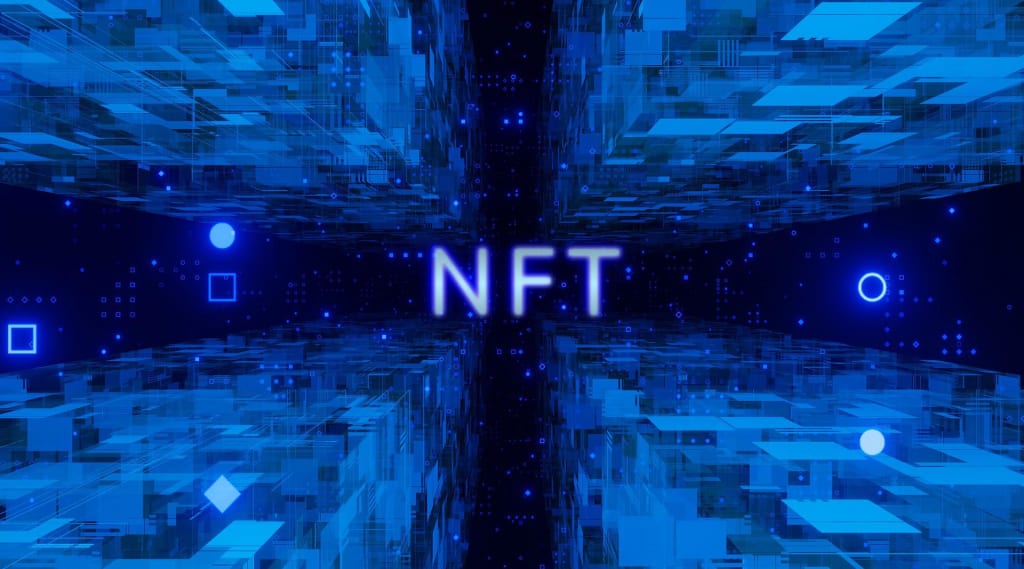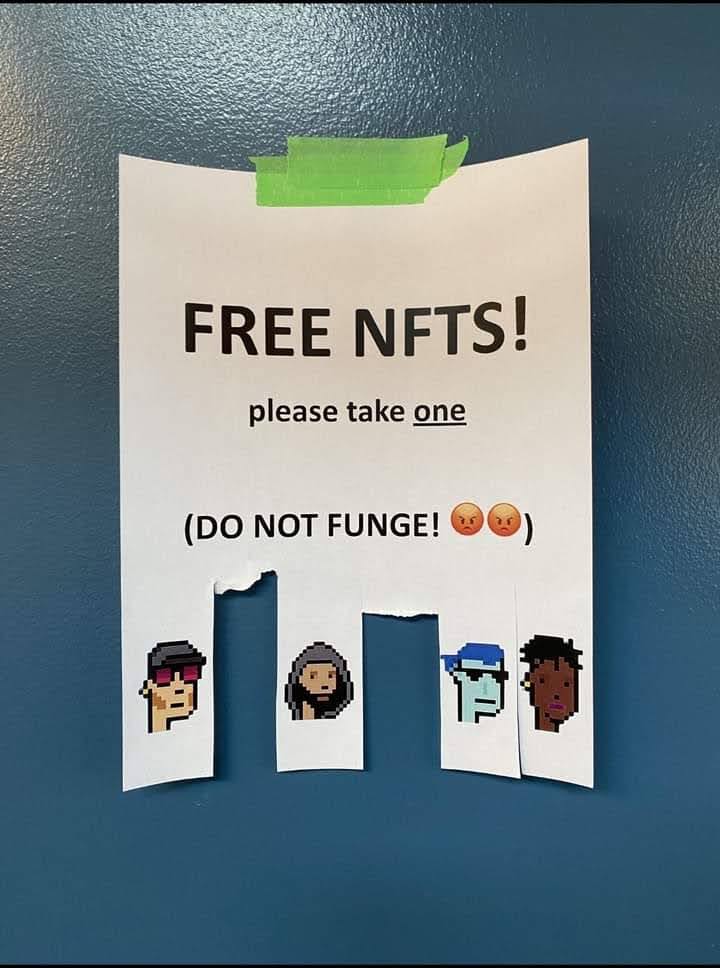Protecting Your Intellectual Property In the Age of NFTs
IP theft is prevalent in the industry.

It seems like virtually everyone is talking about NFTs these days, and the views on them are very polarized. Some are lauding them for allowing artists to make money from their creations, while others see them as a bubble soon to be burst, like the Beanie Babies craze in the 1990s. As the blockchain technology on which NFTs are built is relatively new, regulations have yet to catch up. There is much confusion about things such as claiming digital assets on your tax returns, and how to deal with the rampant intellectual property theft in the industry.
What Are NFTs?
The term NFT stands for “non-fungible token.” An example of a fungible asset would be a dollar bill; if you take a damaged one to a bank, they can swap it out for another one with the same value. In contrast, an NFT is one of a kind and cannot be duplicated. Sure, you can right-click on an image and share it on social media. However, the value of the NFT lies in the digital token attached to the work. This identifies the work as the “official” creation of the artist.
The NFT token is created or “minted” on a blockchain, such as Ethereum, Polygon, or Binance. Blockchain technology records transactions using blocks of information that cannot be altered or removed. The NFTs themselves are generally artistic creations, such as images, written works, music, or games. Some of the most popular NFTs have sold for thousands and even millions of dollars. Celebrities and corporations are now getting in on the craze and minting their own NFTs, often to huge profits.
Intellectual Property Concerns for NFTs
Much like buying a painting, buying an NFT does not transfer the copyright to the new owner. That is, you can display it or sell it if you like, but you cannot replicate the image for commercial use–like selling it on shirts, mugs, or stickers–unless the creator allows it. Bored Ape Yacht Club is one of the few major NFT projects that grants owners full commercial use for the assets they own.
Unfortunately, many people are minting NFTs for works of art they did not create and do not have permission to use. Some of these are copyrighted works, such as the group SpiceDAO that purchased a rare copy of the book Dune, but could not mint the chapters as planned as they did not purchase the copyright as well. In addition, many artists are finding that their works have been stolen and minted as NFTs by other people seeking to make a profit.
In addition, there is a murky area concerning artistic creations that are based on trademarked brands. One of the most well-known examples of this is the MetaBerkins case, which is still to be decided by the courts. The NFTs are digital handbags based on the Berkin design, but with artistic elements such as faux fur and bright colors. The company that manufactures the bags, Hermès, argues that the NFT creator is infringing on their trademark rights, creating confusion as to the source of the NFTs, and unfairly profiting from the brand’s reputation. The outcome of this case will likely affect future cases to come.

Options for Protecting Your Intellectual Property
With the lack of regulation in the world of blockchain, it can seem like the Wild West out there. If an artist finds their stolen work on a platform such as OpenSea, they can report the account and get it removed. However, that doesn’t prevent the offender from minting that same artwork on another platform instead, which can lead to an endless game of Whack-A-Mole for artists trying to protect their creations. In addition, since blockchain transactions are only identified by a wallet address, it can be difficult to find enough identifying information about the individual in order to bring an intellectual property lawsuit.
Because of this, many NFT creators are looking into options for legally protecting their works before they are stolen. While the industry itself is new, many of the existing laws about intellectual property apply. Some of the options creators are using include design patents, copyrights, and trademarks. Still, applying existing laws to the new industry poses some challenges.
Design Patents
Unlike utility patents, which protect the function of a creation, design patents protect the non-functional, aesthetic components. Many NFT creators are looking into design patents, which would make it easier for them to sue in cases of infringement. However, the patent must apply not to the NFT itself, but to the underlying asset from which it was created. Whether this can be done depends on the nature of the asset.
Another issue arises for NFT artists who use AI to create their works. The United States Patent and Trademark Office (USPTO) has previously ruled that AI cannot be listed as an "inventor" on a patent application. With the complexities involved in patenting an NFT creation, it would be wise to consult with a patent attorney as to whether this would be your best option.
Trademarks
Trademarks protect the identifying information of your brand such as the name, tagline, logo, and package design. In general, filing a trademark as an NFT creator is no different from trademarking your brand in any other industry. The tricky part is to select the correct class when filing, and to keep in mind you may need to protect your trademark on a global scale. Some of the USPTO classes that could potentially apply to NFT creators include:
- Class 9: computers and scientific devices
- Class 35: advertising and business services
- Class 41: education and entertainment services
- Class 42: science and technology services
Copyrights
Independent creators can also register for copyright protection for their unique creations. Any sort of artistic work can be copyrighted, and NFTs are no different. The smart contract created when the NFT is sold will identify whether the new owner is granted any commercial rights to the asset upon which the NFT is based.
Of course, no matter which method you choose to protect your works, the difficult part will be enforcement. This means that for now, NFT creators will have to monitor NFT marketplaces and the metaverse for unauthorized use of their creations. The sooner the infringement is caught, the easier it is to pursue legal action. For instance, it is easier to get a counterfeit NFT of your work removed from a platform before it is sold. Until regulations catch up with technology, artists have no choice but to be diligent when it comes to protecting their creations.






Comments
There are no comments for this story
Be the first to respond and start the conversation.